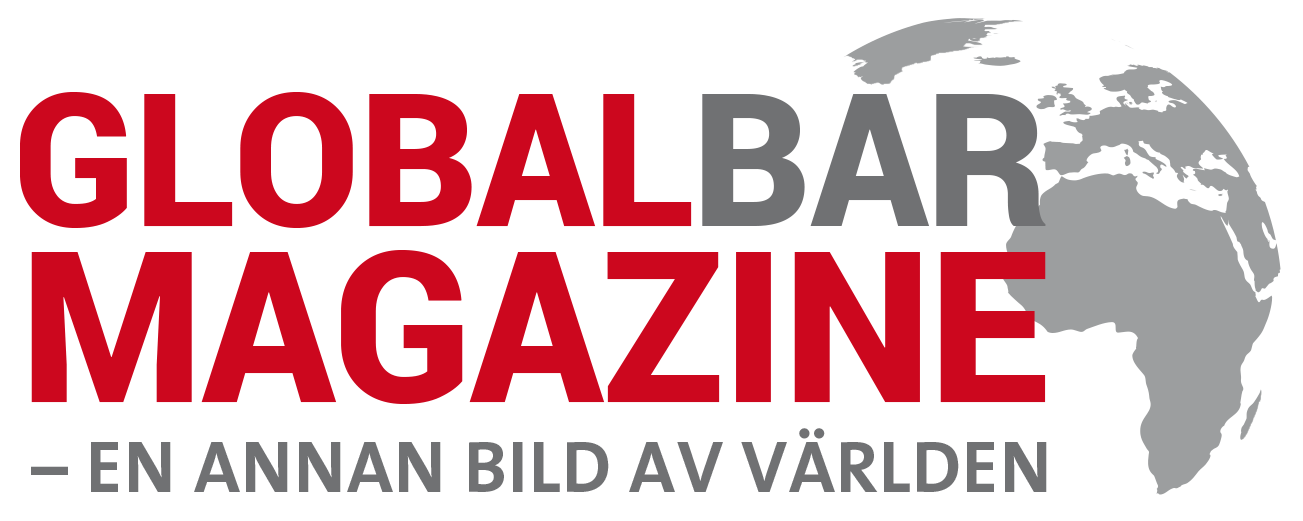Maurice El Medioni, Algerian-born Jewish musician and mentor to young performers, died on 25 March 2024, leaving a legacy of musical production on three continents – Africa, Europe and the Middle East. With his death, the world loses one of the last remaining Jewish musicians who was born and trained in north Africa prior to emigration.
Maurice El Medioni lived his early life in Oran, western Algeria. Like the vast majority of the Jewish community, he moved to France in 1961/1962 when Algeria became independent.
The tragedy of the mass migration of Jews from the Arab world between 1949 and 1970 has become a topic of intense academic and media interest over the past decade. And as the people sometimes referred to as Mizrahi Jews try to make sense of their relationship with their grandparents’ homelands, music has been a poignant way of reconnecting.
Young Israeli musicians like Dudu Tassa and Neta Elkayam have pushed into new markets by learning the repertoires of their grandparents’ generation. They sometimes do this by literally re-recording the material originally recorded by their grandparents in places such as Iraq (as in Tassa’s case). Sometimes they do so by immersing themselves in the Arabic language (in Elkayam’s case).
To learn the repertoire, young musicians needed mentors who were closer to the tradition and had received it directly. That is why Maurice El Medioni is well known to young people today. He appeared onstage with Elkayam many times.
With his death, the world loses one of the last remaining Jewish musicians who was born and trained in north Africa prior to emigration.
Early years
The facts of Maurice El Medioni’s life have been covered in his memoirs, released in 2017 and edited by British journalist Max Reinhardt.
He was born in Oran, a major coastal city in north-western Algeria, in 1928. He was largely self-taught, with his uncle Saoud l’Oranais as a model of a successful musician. With the Nazi occupation of France during the second world war, the Jews of Algeria were stripped of their citizenship, and Saoud was deported to Sobibor, a Nazi German extermination camp in the present-day Polish province of Lublin, where he died.
Maurice was a young teenager during the war. He spent his evenings among the American soldiers in the cabarets of Oran, where he learned to play piano in a style that combined French chanson and north African standards with Latin jazz and boogie-woogie, influences that he eventually combined to coin the term “Pianoriental”.
When the Jews of Algeria were forced to leave in 1962, Maurice settled in Marseille in France. He worked primarily as a tailor, going back and forth to Israel to be closer to his children. His reputation continued to grow in France, and he performed for decades in Marseille and Paris for special events and by invitation.
His biggest break came in 1996, when he recorded his best-known album, Café Oran. He was already well into his sixties by that point, and the session happened almost by accident when another musician cancelled his recording session and Maurice was called into the studio instead to record with renowned British producer Ben Mandelson.
The album opens with a striking pair of tunes: Bienvenue and Abiadi.
In Bienvenue, he sings in cascading major seconds in north African-accented French to welcome his patrons to the show, complimenting their generosity and showcasing Pianoriental as a style. Brass in the background shows klezmer influence – Jewish wedding music from central Europe that enjoyed a major revival in America – from heavy hitters Frank London and Dave Krakauer. His piano technique demonstrates the Latin and boogie-woogie influence that he describes in his memoirs as coming from the African-American and Puerto Rican soldiers occupying the clubs in Oran. https://www.youtube.com/embed/SK8TH7Zi2-0?wmode=transparent&start=0 Bienvenue.
Without a break between tracks, Bienvenue transitions quickly without Maurice taking a breath, launching into a song many will know better as Abiadi Ana, or “my fortune”. He sings in dialect, matching the tonality of Moroccan vocal style as best he can to the piano.
The song was made famous by Zohra el-Fassia, the Moroccan-Jewish superstar who fell into obscurity when she migrated to Israel in the 1960s. Abiadi Ana is typically sung the morning after a wedding, usually by the bride. Maurice reveals himself to be up to the task of ascending as high into his vocal register as possible.
Zohra el-Fassia was far from the only Jewish star from the Arab world to experience commercial disappointment in Israel. We can add to that list Jo Amar, Sami Elmaghribi to a certain extent, and the al-Kuwaity brothers.
Maurice’s role in supporting young artists to re-connect with the music of their grandparents may well prove to be his greatest contribution.
The pair of tracks reveal a whole world of immersion in Arab culture, of Gallicisation, of syncretism and gender relations and ritual, within this particular Mediterranean context.
Listening to El Medioni’s work is a deep dive into the history of north African Jews over the last 150 years, long pre-dating his birth.
His legacy will be a comfort to his children and to the new generations of listeners who discover his output.
Ilana Webster-Kogen
Joe Loss Reader in Jewish Music, SOAS, University of London
This article is republished from The Conversation under a Creative Commons license. Read the original article.
Read also


